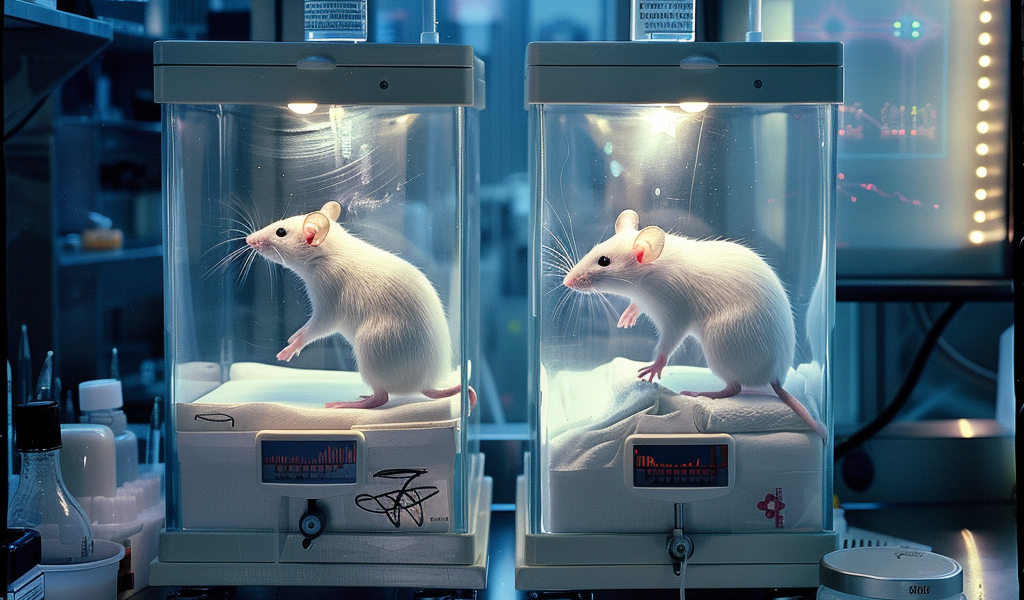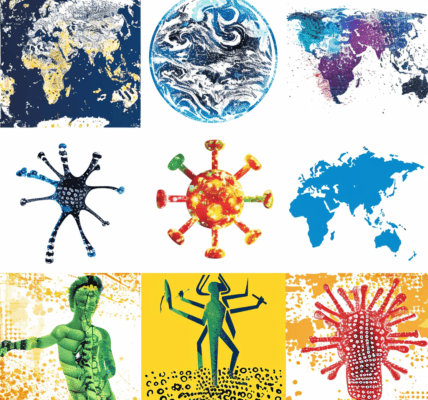The placebo effect has intrigued scientists for centuries, serving as a fascinating demonstration of the brain’s ability to influence physical sensations, particularly pain. Recent advancements in research have begun to unravel the mechanisms behind this phenomenon, particularly through groundbreaking studies conducted at the University of North Carolina at Chapel Hill.
Historically, the placebo effect has been recognized since the 18th century, where patients experience relief from symptoms after receiving treatments that have no therapeutic value. Despite its long-standing documentation, the precise neural pathways that facilitate this effect have remained largely enigmatic. However, new findings from UNC researchers have made significant strides in identifying the brain circuits involved in this complex process.
In a recent study published in the esteemed journal Nature, scientists designed an experiment involving mice to explore how expectation can lead to pain relief. The experimental setup involved conditioning the mice to associate a specific environment with pain relief. Over the course of a week, the mice were placed in two connected chambers. Initially, both chambers had warm floors, creating a neutral environment. However, the researchers then introduced a painful stimulus by heating the floor of one chamber to an unbearable temperature, while the other chamber remained warm and comfortable.
As the experiment progressed, the mice learned to associate the second chamber with relief from pain. On the final day of the experiment, both chambers were heated to the same painful temperature. Surprisingly, the mice exhibited fewer pain-related behaviors, such as jumping and paw licking, when they entered the second chamber, indicating that their previous conditioning had effectively created a placebo response.
The researchers utilized advanced techniques to monitor specific neurons in a brain region known as the rostral anterior cingulate cortex (rACC). This area is known for its role in processing pain and emotional responses. By injecting the mice with a modified virus, the scientists could observe the activity of these neurons and their connections to other brain regions.
One of the key findings of the study was the involvement of the pontine nucleus, a brain area traditionally associated with motor skill learning, which had not previously been linked to pain processing. As the mice transitioned to the second chamber, the neural connections between the rACC and the pontine nucleus were activated, suggesting that this circuit plays a significant role in the placebo effect.
The implications of this research extend beyond mere academic curiosity. Understanding the neural mechanisms behind the placebo effect could pave the way for innovative pain management strategies. By harnessing the brain’s natural ability to modulate pain perception, healthcare providers may be able to enhance treatment outcomes without the need for additional medications.
Moreover, the study underscores the importance of expectation in pain management. Patients who believe they are receiving effective treatment may experience genuine relief, even if the treatment itself lacks pharmacological properties. This insight could transform how clinicians approach pain management, emphasizing the psychological aspects of treatment alongside traditional medical interventions.
As research into the placebo effect continues to evolve, it offers a promising avenue for developing new therapeutic strategies that leverage the brain’s own mechanisms for pain relief. The connection between expectation and pain modulation opens up exciting possibilities for improving patient care and enhancing the quality of life for those suffering from chronic pain conditions.
In conclusion, the groundbreaking research conducted at the University of North Carolina at Chapel Hill sheds light on the intricate interplay between the brain, expectation, and pain relief. By identifying specific neural circuits involved in the placebo effect, scientists are one step closer to unraveling the complexities of pain perception and treatment. As our understanding of these mechanisms deepens, we may soon see a shift in how pain is managed, with an increased focus on the psychological dimensions of treatment.





